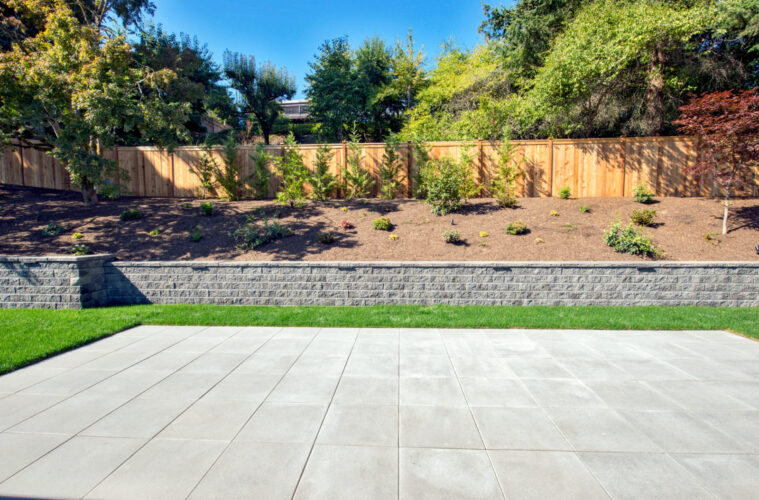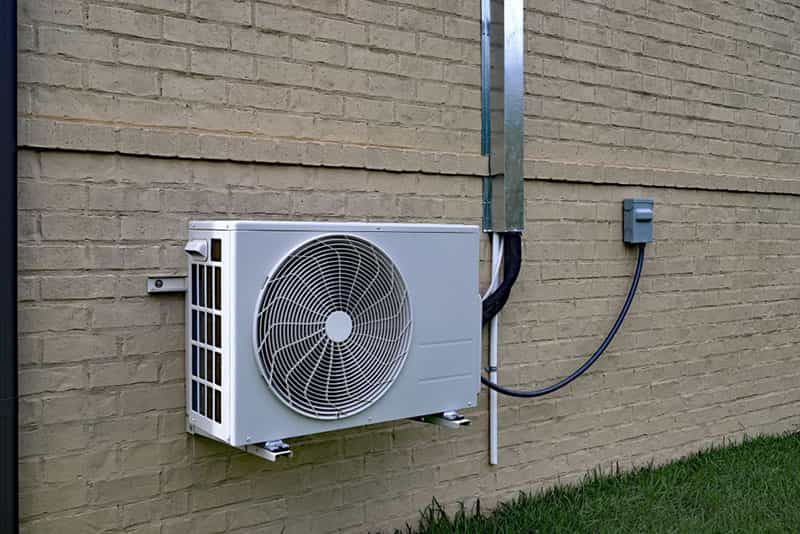Which Is The Best For Your Patios?
A patio provides a comfortable place to sit and enjoy a great view of the outdoors with friends and families. If you want, you can make it into a barbecue and party spot instead of doing it indoors. If you desire a patio, you must know that you can create patios from different materials. However, the best choice depends on the climate, the style of your home, and how much you want to spend. Terry Moten, a licensed builder from NO1 Patios Brisbane will help you decide which material is best for your needs and budget. So, if you’re thinking about building a patio, read on! You’ll have all the information you need to get started.
Importance of Patio
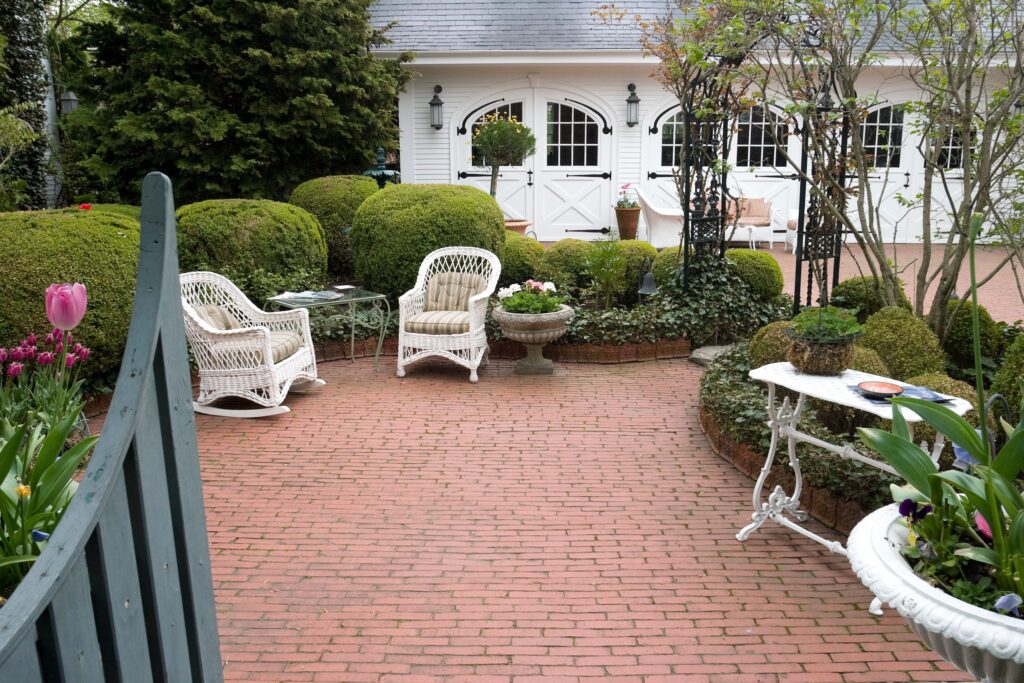
source: pinterest.com
- Provides more space to relax and enjoy outside in a pleasant weather
- It is not expensive, as you don’t need to invest in insulation, carpeting, etc.
- It helps save money as you don’t need to pay tax on it since it doesn’t count as a living space.
- Adds a touch of beauty
- An all-season outdoor entertainment area
- Increases the value of a home
Materials Used For Patio
Foundation and ground
Concrete
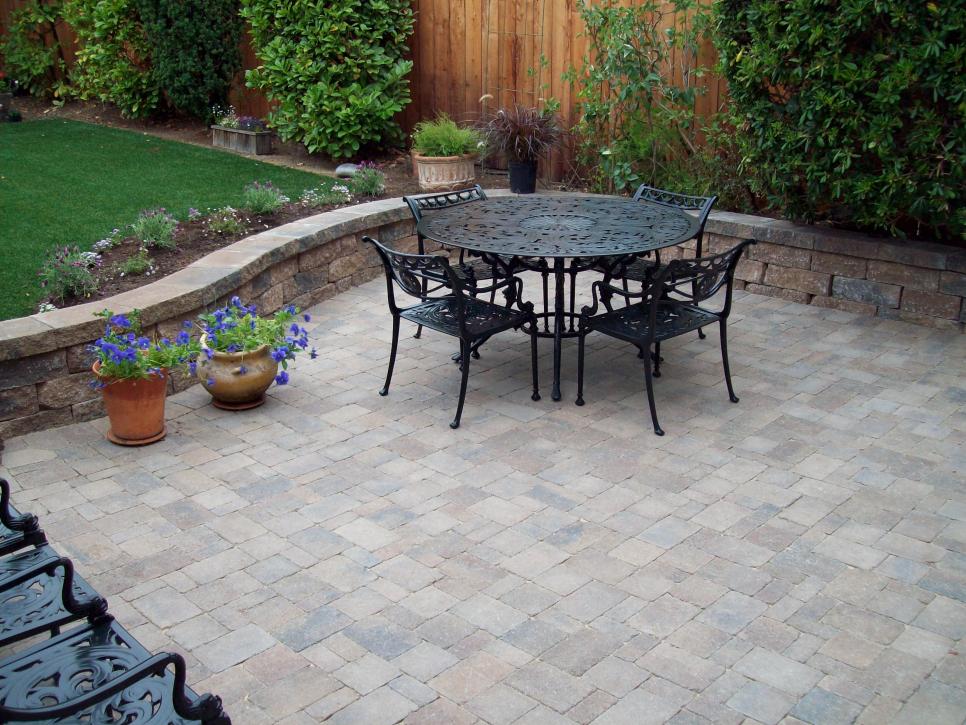
source: pinterest.com
A properly built and maintained concrete paver is the most durable and least expensive way to install a patio in your home. It is a mixture of water, cement, gravel, and sand; hence, it can conform to any surface shape. Concrete is easy to work with, as you can style it to include any type of finishing you want. For example, you can create a stamped, brushed, smooth, patterned, stencilled, or salt concrete finish. However, you must pay attention to its susceptibility to freezing.
The thawing and freezing cycle can damage a concrete patio. This effect can weaken the entire structure and cause it to crack. In essence, you will need to keep an eye out and perform some repairs to ensure it lasts for a long period. If you desire a durable and inexpensive patio, try a concrete design.
Brick
As far as we can tell, brick has been used in construction for thousands of years. The combination of clay and a few other materials provides a result that is neat, classy, sturdy, and very durable. If you want to give your patio an old-world vibe, try using brick. They are affordable in a wide variety and are easy to lay down. But it does come with a few maintenance issues.
Bricks are porous; hence, they retain moisture. Therefore, you will encounter maintenance issues from cracks and crumbling if you live in a freezing environment. Also, try not to set your bricks further apart so that moss does not grow in between. We recommend that you seal it to protect it from damage from the elements.
Flagstone
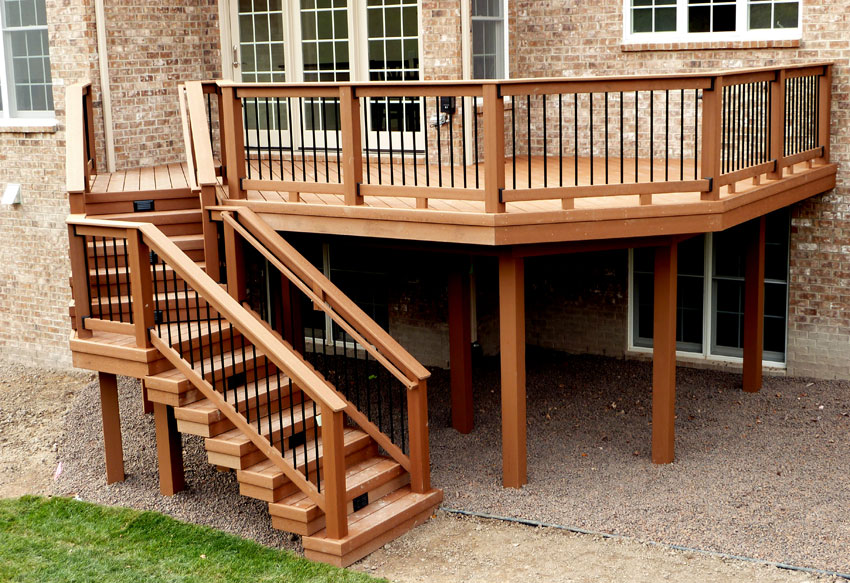
source: pinterest.com
Flagstones are decorative, and there are many types you can choose from. They include limestone, sandstone, quartzite, and bluestone. The issue with flagstones is that they can be difficult to work with. As a result, most people leave it to professionals. The heavy nature of flagstone makes it impractical to work without proper tools. They are also quite pricey and are not best if you are on a budget.
Lay flagstones directly on the soil, bed, or sand for patio flooring, and make sure they are at least 11/2 inches thick. For thinner slabs, lay them in wet mortar or concrete to prevent cracking. Check out different types of flagstones to know which is best for cold or warm climates.
Tile
Choose tile if you want a clean patio surface that feels pleasant to walk on. In other words, tiles are great for people that care more about general aesthetics. They are also cost-effective. However, tile can be unsafe, as it becomes slippery when it is wet. As a result, you can slip and fall.
Regardless of the risks, tiles are visually appealing and are available in different types. They include porcelain, terracotta, and Quarry unglazed tiles. Textured tiles offer traction, while terracotta tiles are porous and best for mild climates. On the other hand, porcelain tiles are tough and stain resistant. We recommend you use enhancers and coatings to protect your tiles from moisture, wear and tears.
Cut stone
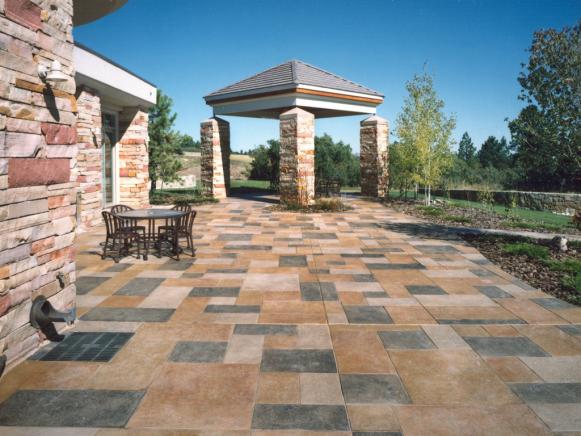
source: pinterest.com
Cut stones or stone tiles are essentially stones cut into various tile shapes. They include slate, marble, granite, limestone, etc. The price of cut stones depends on the options you want. Regardless of the one you choose, cut stones are absolutely stunning. Feel free to explore different shapes, sizes, and designs.
Loose and mixed materials
Loose materials like sand, crushed stone, bark mulch, aggregate stone, and decomposed granite are gaining popularity for patio surfaces. The materials are inexpensive, and you don’t need to spend much. However, not everyone can make their patio out of loose materials. This is because it can shift, cause unevenness, and get messy after rainfall.
Mixed materials combine various materials, like flagstone, concrete, pea gravel, concrete, etc. To make your patio more visually appealing.
Roofing
Should you ever desire to roof your patio, pay attention to the following:
- The roofing material must be strong enough to withstand extreme weather conditions.
- It must complement the overall structure, including your main building.
Common patio roof materials include:
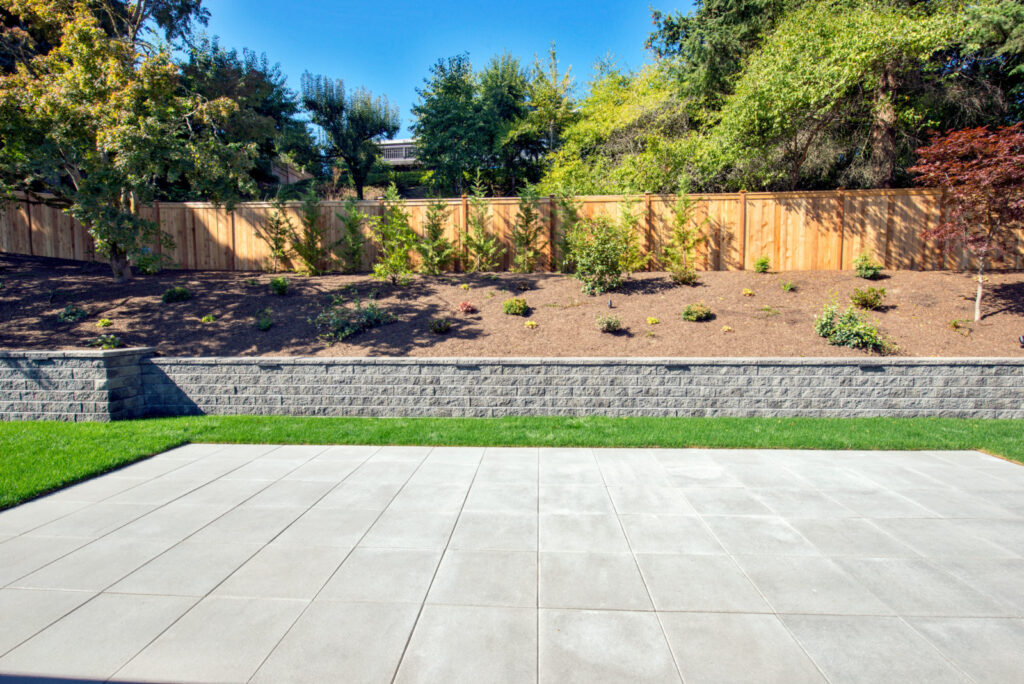
source: pinterest.com
- Wood: the durability and strength depend on the type of wood. However, hardwoods like oaks are the most durable.
- Aluminium: This roof type is expensive but durable. It won’t rot, crack or warp. However, it conducts heat and can be uncomfortable to use in warm seasons.
- Vinyl: Vinyls are inexpensive and easy to install. It won’t warp or rot, but the colours may fade over time.
- Polycarbonate: lightweight, tough, and can undergo stress without breaking or cracking. It can also withstand low and high temperatures.
- Glass: this type of patio cover protects you from all elements apart from sunlight. It also gives a classy appearance to the overall patio.
- Fabric: Coated polyester cloth and PTFE, Poly Vinyl Chloride, and coated glass coats are used to cover patios from the sun and rain. You can try out different colours and configurations as you please.
Conclusion
There are different types of patio materials you can choose from. Although they all have their advantages and disadvantages, a great patio material is cost-effective, durable, and will suit every other purpose you need it for. Happy buying.

